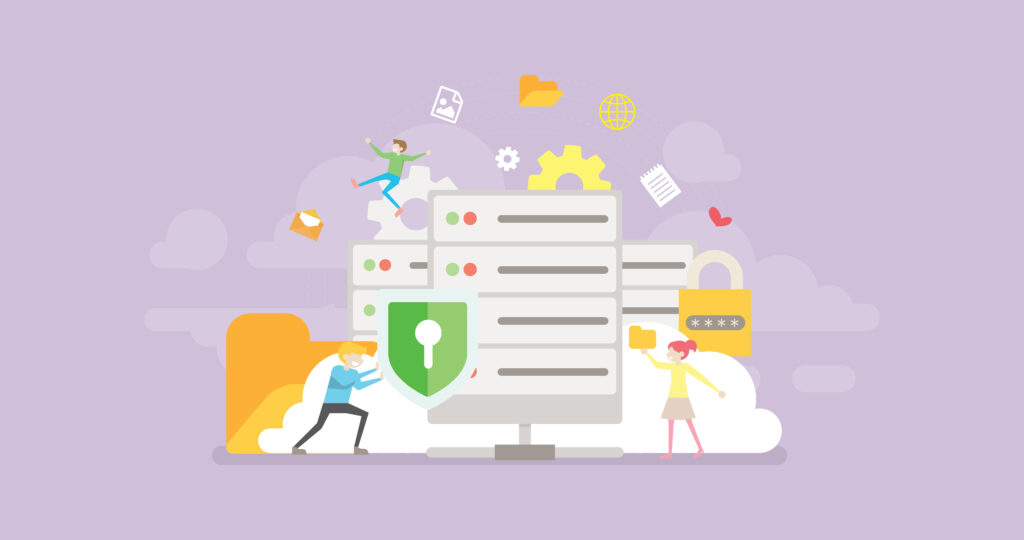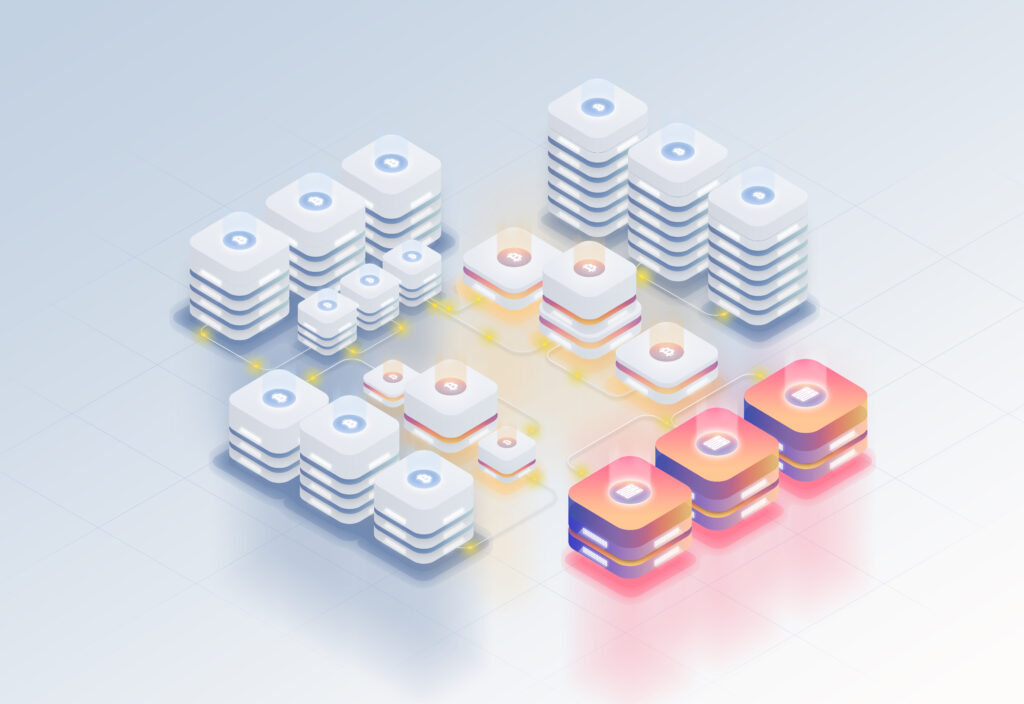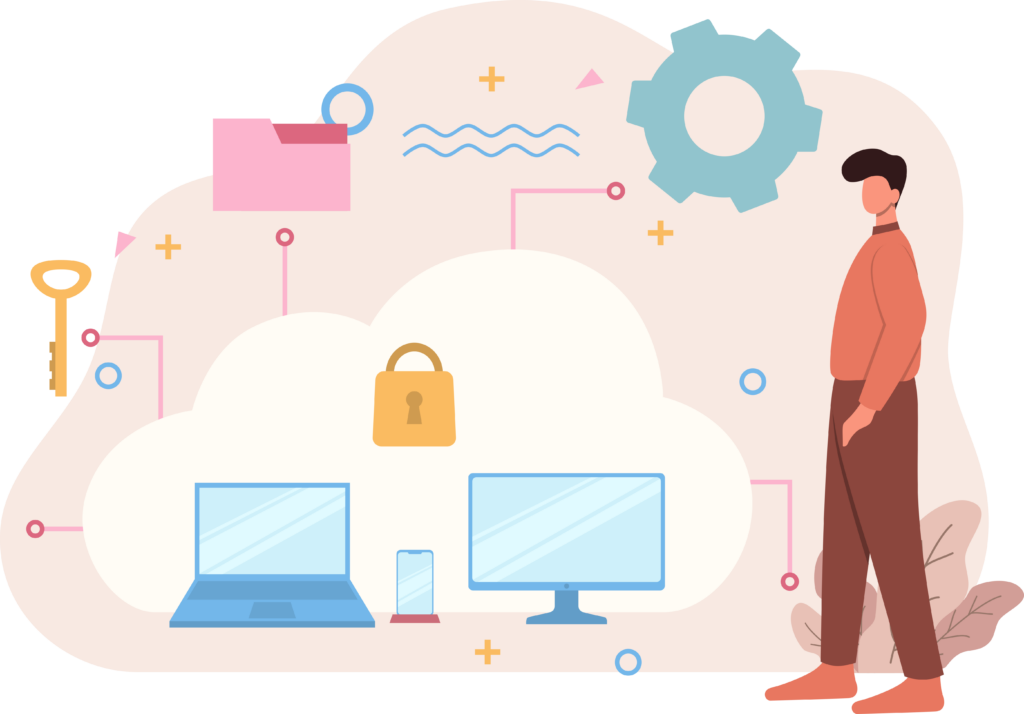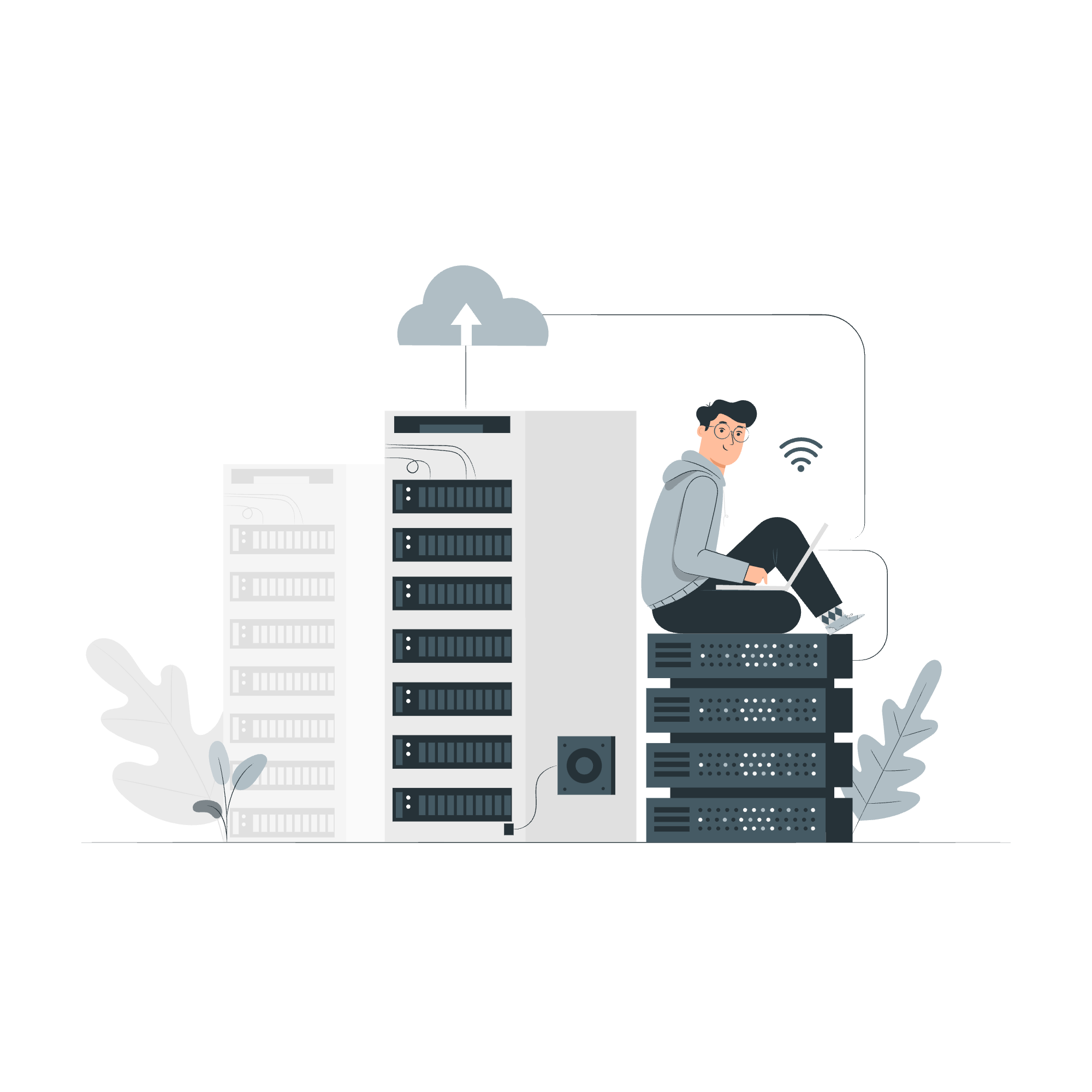
Why is database considered as backend?
It is a familiar world war going on between Front-end developers and Back-end developers. Frontend developers say that database is the backend, but Back-end developers say that database is the frontend.
Joke?
No. It’s not a joke. Both are correct.
Frontend means the outer part, aka the exposed part. And Back-end means everything on the inner part of the backside. It’s true. But this is not your English exam, nor it is business logic. It’s a matter of programming.
So hold on to your seat belts; we are going to dive deep.
Who are Front-end Developers?
A front-end developer is a person who makes everything you can see on a website. They perform the tasks which are visible to you.
When you visit the Apple website to buy an iPhone for your new girlfriend, you will see amazing animations of the products. You will see the menu transitions, photo animations, mind-blowing texts, and high-end graphics. All these are done by front-end developers.
A front-end developer is responsible for everything you see on this page.
The logo and visuals were designed by a graphic designer. A photographer took the photos, and the copy was written by a copywriter.
Frontend developers gathered all of the parts and translated them into web-speak, creating the experience you get with each page.
So, what do the backend developers actually do then?
HeHe…what will happen if you order the iPhone and the information doesn’t reach the Apple workers that you have ordered an iPhone?
Break up! Or a slap from your girlfriend.
Don’t worry; backend developers are there to save your relationship.

Who are Back-end Developers?
Backend developers handle everything you cannot see.
“Backend” is a term used to describe a website’s functions that are not visible to the user. A website is powered by a mix of technology and code that a user never sees: Server, Application etc.
Okay, so why your website needs a database?
A database is basically a place where the website stores its information. For example, when you go to the apple site and search for iPhone, the website will communicate with the database and find all kinds of information related to that. It will then show you the result.
It depends on the programmer’s skills and how much they can bring accurate results.
Without a database, what will your website do? Toilet?
If your database isn’t up to snuff, even the most advanced coding skills won’t be helpful to you.
Although the database is part of the backend, which means consumers can’t interact with it directly, its efficacy will significantly impact their user experiences.
There’s no escaping that even if they can’t see it, they’ll know if your database is poor.
A faulty database may be caused by a variety of factors, including:
- Not allowing enough time for your database creation team to complete their work
- Deficit in funding
- Failure to maintain a database once it’s been developed because of a lack of expertise
Now let us become familiar with some standard terms
Server Side Script
The backend application’s foundation is built on server-side scripting.
They maintain the database and server in sync so website users may search and find what they need and update existing data.
A user may trigger one of these scripts by clicking a button, moving around your site, or entering new data.
For example, the front end, the form where the user inputs their payment card and shipping information, contacts server-side programs with the data submitted by the user.
It’s the server-side programs that transfer the data to the backend app.
A server-side script logs the data and then passes it on to the database, verifying that it has been appropriately updated.
Backend Infrastructure
Backend software includes the database, the server, and the backend application. The server operates the program, and all of your data is stored in the database.
Server-side scripts communicate requests and queries between your server and the database on behalf of the backend application.
Backend Languages
There are several coding languages to pick from depending on your IT department’s interests and the sort of application they are working on.
The programming language may affect things like the amount of code needed to execute a job, the application’s speed, file size, and compatibility with other apps.
Programmers at the backend of a system utilize server-side languages such as PHP, Ruby, Python, Java and others to interact between the system’s many components.

Front-end programming is written in.NET using technologies such as MySQL and Oracle to get data and provide it back to the user.
There are two types of linguistic styles
Procedural programming and object-oriented programming are two distinct types of coding languages (OOP). Object-Oriented Programming (OOP) languages are designed to create objects that can both retain data and execute tasks.
On the other hand, procedural programming provides instructions or functions that alter or extract data from pre-existing containers rather than creating new containers.
Procedural programming may alter or extract data from containers that already hold it.
Object-oriented programming (OOP) languages, on the other hand, are often chosen because of their speed and the ability to segregate components of an application.
In this case, the application may be used on its own and in combination with other applications. Testing and speeding up development are also benefits of this.

Your visitor’s life is not in slow motion like in romantic movies
Slow loading speed is one of the drawbacks of a faulty database.
Visitors will leave your website before they’ve even had a chance to look at it if the pages take too long to load.
Even if your web pages are loaded, visitors may still have problems completing orders or inputting their payment information. An eCommerce website that takes a long time to load is effectively worthless.
Visitors are unable to make a purchase and are likely to get irritated as a result.
Failure is not the pillar of success; the database is the pillar of success
You want to make it easy for your visitors to find what they’re looking for on your website by having a solid database.
The likelihood of a customer making a purchase increases dramatically if they begin their search for your product or service online. Building a good internal site search, on the other hand, might be pretty expensive for your firm.
You don’t need to know everything about backend development to plan and make data-driven choices regarding your IT team’s operations.
Because they are integral to your website’s operation, databases need regular attention.
Developing a website may take on many different forms.
Soft talents like attention to detail, rapid learning, efficient problem-solving, and exceptional communication may benefit you in any field.
Final Words: So why is the database considered as backend?
Backend development is basically building the connection between the front end and the database. Since the database is developed by backend developers, it is considered as backend.
Do you have any idea about Terra NFT marketplaces? Find it out here.
